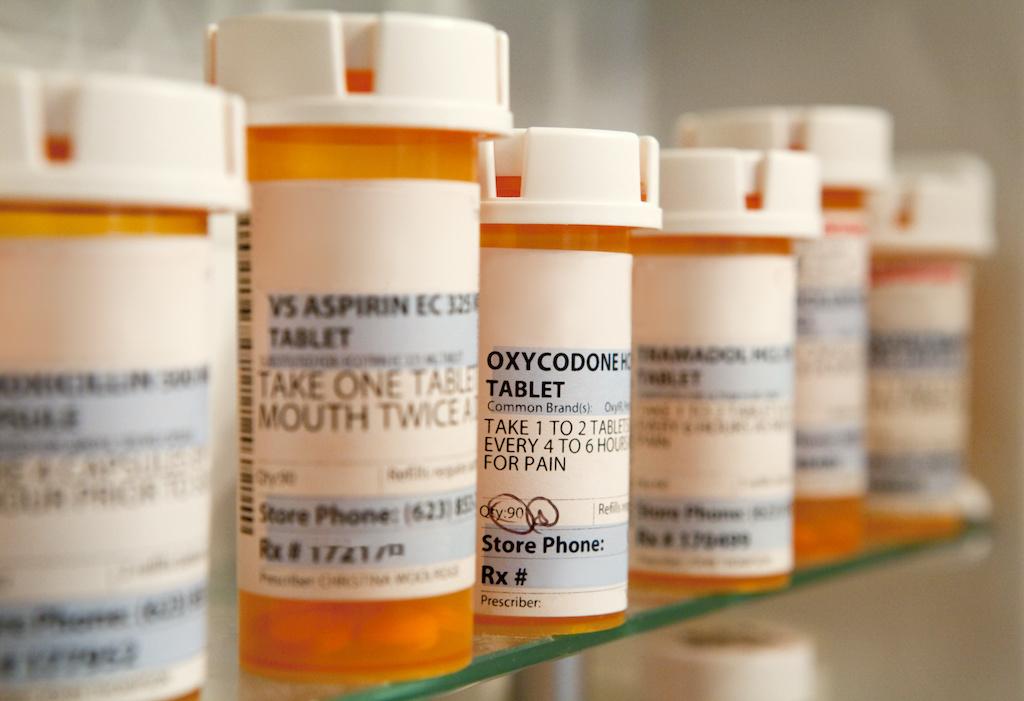
Early in the morning of March 30, 1983, a Learjet 25 carrying bank checks crashed at Newark International Airport. The NTSB said the crew’s performance during the approach and landing was abnormal--they descended at high speed, flew an unstable approach, bounced the landing, then lost control of the airplane during their attempted bounce recovery. Both pilots died and the airplane was destroyed by impact forces. The safety board concluded that drug use had impaired the skill and judgment of both pilots, and that impairment was one of the causes of the crash. Toxicological tests showed both pilots had been exposed to marijuana in the 24 hrs. before the accident and the captain had definitely smoked marijuana recently. The copilot also had the drug phenylpropanolamine, a sedating antihistamine, in his urine.
As a result of that accident, the NTSB recommended that the FAA’s Civil Aviation Medical Institute (CAMI) in Oklahoma City do toxicological tests on the tissue of all pilots involved in fatal accidents. Beginning in 1990, CAMI began to do just that. Since then the NTSB has cited pilot impairment due to drugs as a cause or contributing factor in 3.0% of all fatal accidents.
The NTSB published a safety study on pilot drug use in 2014 and updated it in 2020. In the studies, the board differentiated between potentially impairing drugs, drugs that treat potentially impairing conditions, controlled substances, and illicit drugs. The studies show that from 1990-2017, drug use among the pilots who were actually flying the aircraft and were fatally injured has been going up. The study was careful to point out that drug use did not necessarily cause the accidents. That correlation has yet to be done.
In the five years from 2013-2017, 28% of the study pilots tested positive for an impairing drug, but only 5% for an illicit drug. I see two important ideas here. First, pilot use of illicit drugs is relatively low, although it has increased. I think most pilots, particularly professional pilots, know that using illegal drugs like marijuana is dumb and dangerous and will damage or ruin their careers. Second, I think many pilots underestimate the potential danger of prescription and over-the-counter drugs.
During the 28-year study period, 13 of 22 drug categories showed increases.
Sedating antihistamines and sedating pain relievers were the most common categories of potentially impairing drugs found in the studies. The three most common of these drugs were hydrocodone, a sedating opioid used to treat severe pain; citalopram, an antidepressant; and diazepam, a sedating benzodiazepine used to treat severe anxiety and muscle spasms.
I suspect most pilots don’t know the risk of many drugs. Many probably have difficulty translating the common brand or trade name of a drug with its official drug name, and they also have trouble assessing a drug’s toxicity or the potential impairment it creates when the pilot is flying. To address this problem, here are two resources. The first is Appendix A of the NTSB’s 2014 safety study. It provides an extensive list of drugs grouped by purpose, metabolites, brand names and the impairment category the drug is in. That study, NTSB/SS-14/01 PB2014-108827, can be found on the NTSB’s website.
The second resource is an FAA-produced quick reference guide for over-the-counter medications. The FAA requires pilots to wait five dosing intervals after taking a potentially impairing drug before flying. You can figure the dosing intervals by reading the “drug facts” strip attached to the drug container. If the directions say “take two tablets every six hours,” the dosing interval is six hours and you must wait 30 hours before flying. Among products listed in the guide’s “no go” column are familiar names like, Zyrtec, Benadryl, Dayquil and Nyquil, and most “night time” or “PM” labelled products. Click on this link to find the FAA guide: https://www.faa.gov/licenses_certificates/medical_certification/media/OTCMedicationsforPilots.pdf
Pilots flying heavy schedules across multiple time zones often have difficulty sleeping. Add to that problem a minor head cold or some personal problems, and you have a candidate for a “helpful” drug that could push a pilot over the edge and result in an accident. My advice is to treat every drug as a hazard like a thunderstorm, a fog bank or a slippery runway. Give the effects of any drug careful consideration before you fly.





